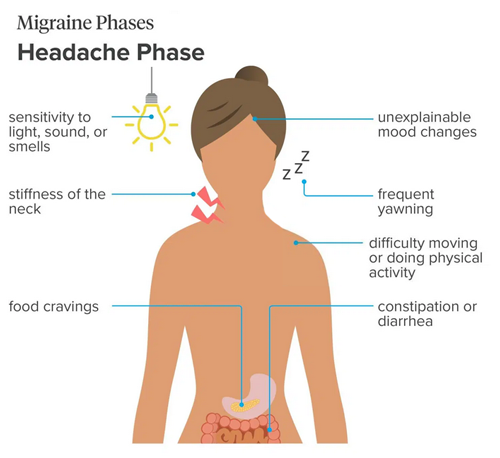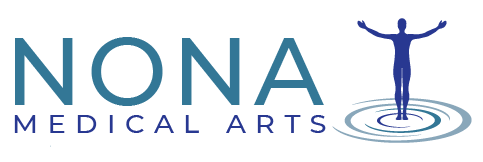Headaches come in a variety of forms, from debilitating chronic migraines to nagging tension headaches to cervicogenic headaches originating in the neck.
Headaches can interfere with daily life and work, but there are several treatment options. Nearly half of adults have had a headache in the last year, according to estimates.
Headache and Migraines Symptoms and Signs
These head and neck pains cause people to miss work, family time and feel sick.
-
Concussion
-
Cluster Headaches
-
Migraines Headaches
-
Post Whiplash Headaches
-
Tension Headaches

Headaches vs Migraines:
Know The Difference —
Headaches cause pain in the head, face, or upper neck, and can vary in frequency and intensity. A migraine is an extremely painful primary headache disorder. Migraines usually produce symptoms that are more intense and debilitating than headaches.
A migraine is a type of primary headache disorder that can cause severe pain and other symptoms. Migraine headaches can cause intense, throbbing that lasts anywhere from a few hours up to several days. A migraine headache usually affects one side of the head, but some people experience pain on both sides. A headache of varying intensity, often accompanied by nausea and sensitivity to light and sound.
Learn more about how Nona Medical can help eliminate your headaches, fast!
Concussion
[viewmedica openthis=”A_0887aad4″]
Also known as: mild traumatic brain injury – Concussions can occur from a mild blow to the head (with or without loss of consciousness) and can lead to temporary cognitive symptoms. Symptoms may include headaches, confusion, lack of coordination, memory loss, nausea, vomiting, dizziness, ringing in the ears, sleepiness, and excessive fatigue.
Cluster Headaches
[viewmedica openthis=”A_f027188d”]
Headaches that occur in patterns or clusters. Series of frequent attacks, known as cluster headaches, may last anywhere from weeks to months, usually followed by long periods of relief (remission). During remission, attacks may stop for months or years. Pain is severe on one side of the head, accompanied by symptoms such as nasal discharge, or red, irritated, tearing eyes.
Tension Headaches
[viewmedica openthis=”A_75b0c603″]
A mild to moderate pain often described as feeling “like a tight band around the head”. Multiple factors can bring on a tension headache, including stress, inadequate sleep, and poor posture. The main symptom is pain on both sides of the head that may be associated with muscle pain. Stress reduction is always recommended.
Whiplash Headaches
[viewmedica openthis=”A_a12d03f0″]
Headache, post-whiplash, often shows itself for the first time on the morning after an accident. The pain comes up from the neck and over the back of the head. Nearly 80 percent of people who experience whiplash develop a chronic headache, also known as cervicogenic or neck-related headache.


